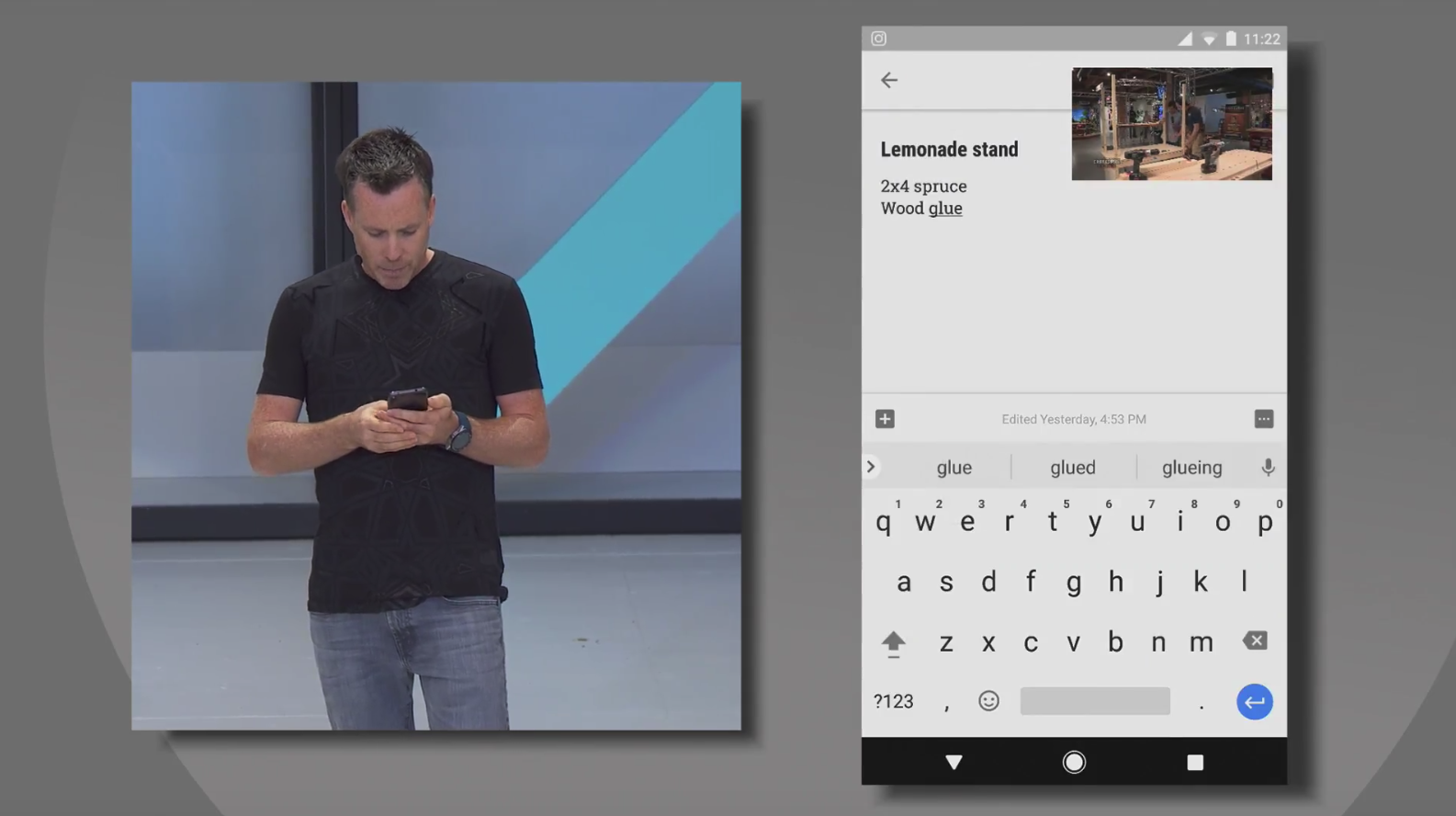
Google I/O 2017 has witnessed few of the coolest innovations in Android Community and one of them is the all new “Picture-in-picture” feature of upcoming Android “O”. This mode was long awaited and is one of the best things I’m looking forward to in Android O!
Picture-in-Picture mode is a feature that many of us have been waiting for for ages now. The feature enables a level of multitasking that many of us have only dreamed of achieving, and Android O promised to introduce the feature by the time the final version made its way to the mainstream. Google has just released Android O developer preview 2, and it looks like we’ve got an early beta version for everyone to test out and enjoy.
What it actually does is when you have an app open you can select this extra button and it will automatically convert your current window into a small movable picture-in-picture window. While this Picture-in-Picture option won’t work for all apps, it will work fine for things like YouTube and Chrome. In short, its like watching YouTube at the same time while writing something in Google Keep! The scaling turned out pretty badly for me when I was testing it, but we have to remember that this is a developer preview, and we’re hoping it works more naturally in the full release.
Excited for Android to release “O” or “Oreo” completely? We are too! Let us know what you want to be changed or improved in Android O from the earlier versions!

